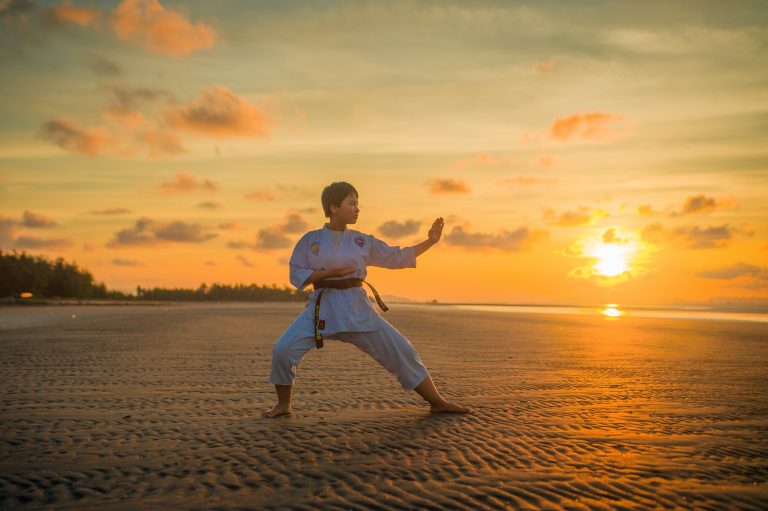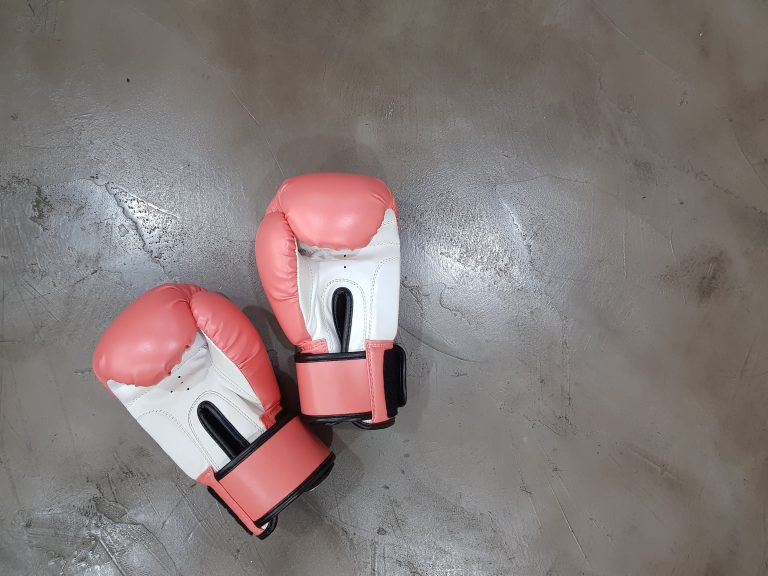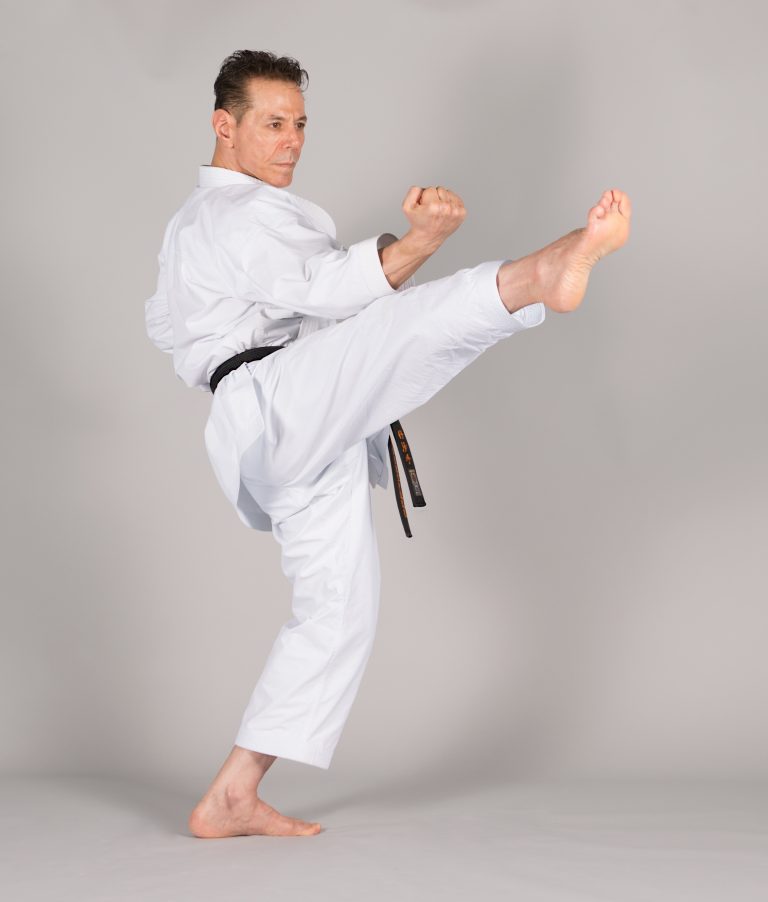When Was Karate-Do Invented? A Historical Analysis
Karate-Do, also known as simply Karate, is a martial art that originated in Ryukyu Island, located in the southwestern part of Japan. Over the years, it has become an iconic sport and way of life, practiced by millions across the world. Although there are different opinions and beliefs about the origin of Karate, in this blog post, we will delve into a historical analysis to answer the question „When was Karate-Do invented?“.
The Origins of Karate-Do
The origin of Karate-Do can be traced back to the Ryukyu Kingdom in the 14th century. At that time, Ryukyu was an independent kingdom that traded with China, Korea, and South East Asia. The kingdom was influenced by the cultures and customs of its trading partners, including martial arts. It’s believed that some of the martial arts that influenced the development of Karate in Ryukyu include Kung Fu from China, Karate from Okinawa, and Tae Kwon Do from Korea.
The Development of Karate-Do
The development of Karate-Do is closely linked to the history of Ryukyu Island. In the early days, Karate was primarily used for self-defense by the residents of Ryukyu. It was a way for them to protect themselves from bandits and pirates who frequented the island. However, as trade expanded, Karate became more popular and began to be practiced as a form of exercise and sport.
During the 17th and 18th centuries, Ryukyu underwent a period of political turmoil, which saw the island come under the influence of different nations, including Japan and China. As a result, the martial arts practiced in the Ryukyu Kingdom became more refined and evolved into different styles, including Naha-te, Shuri-te, and Tomari-te.
The unification of Japan in the late 19th century led to the banning of all martial arts, including Karate. Despite this, Karate continued to be practiced in secret by the Okinawan people. In the 1920s, a group of Okinawan masters collectively invented and renamed it Karate-Do, which translates to „the way of the empty hand“. This was the beginning of the modern form of Karate practice that we see today.
The Spread of Karate-Do
The invention of Karate-Do marked a turning point in the development of the martial art. It allowed Karate to evolve from a system of self-defense to a way of life, encompassing physical and mental training. As a result, Karate-Do began to spread beyond the shores of Japan, first into the United States after World War II, and then to other parts of the world.
The popularity of Karate-Do paved the way for the creation of various Karate organizations and associations, each with its own unique set of rules and specifications. Over time, Karate-Do evolved into several styles, including Shotokan, Goju-ryu, Shito-ryu, and Wado-ryu, among others.
In
When Was Karate-Do Invented: Top Frequently Asked Questions
Karate-Do is a martial art technique that has its roots in Japan. In recent years, it has gained popularity across the globe, and people are interested in knowing more about its history and evolution. In this blog post, we will answer the most frequently asked questions about the origins of Karate-Do.
1. What does Karate mean?
Karate originated in Okinawa, Japan, and its name is derived from two Japanese characters: „Kara“ and „Te.“ Kara means empty in Japanese, and Te means hand. Therefore, Karate means „empty hand,“ which signifies the technique of using one’s hands to defend oneself without the use of any weapons.
2. When was Karate-Do invented?
Karate-Do originated in the Ryukyu Islands, situated between Japan and Taiwan, during the 14th century. At that time, Okinawa was a separate kingdom, and its people developed Karate as a form of self-defense against bandits and pirates. However, it was not until the late 19th century that Karate was introduced to the public and gained popularity across Japan.
3. Who invented Karate-Do?
It is difficult to point to a single person who invented Karate-Do, as it has evolved over centuries through the contributions of many instructors and practitioners. Some of the famous Karate masters who had a significant influence on the modern form of Karate-Do are Gichin Funakoshi, Chojun Miyagi, and Kenwa Mabuni.
4. Is Karate-Do a sport or a martial art?
Karate-Do is a martial art and a form of self-defense that originated in Japan. It involves using one’s hands and feet to defend oneself while practicing discipline, focus, and respect. However, Karate-Do is also recognized as a sport by many organizations, and Karate competitions are held in events such as the Olympics.
5. What is the difference between Karate and Karate-Do?
Karate and Karate-Do are often used interchangeably, but there is a slight difference between the two. Karate refers to the physical techniques and movements of the martial art, while Karate-Do focuses on the philosophy and principles behind the art. Karate-Do emphasizes the development of character, values, and respect, along with the physical training.
6. How has Karate-Do evolved over the years?
Initially, Karate was taught in secret, and only a few people knew the technique. However, during the late 19th century, Karate was introduced to the public, and various styles and schools emerged. With time, Karate-Do evolved, and new techniques were added, such as kicking and punching.
7. Is Karate-Do a good form of self-defense?
Karate-Do is an effective form of self-defense if learned correctly and practiced regularly. Learning Karate-Do gives practitioners self-confidence, self-awareness, and self-defense skills that can help in difficult situations. Moreover, Karate-Do promotes discipline and respect, which can help practitioners in all aspects of their lives.
How to Determine When Karate-Do Was Invented
If you are a martial arts enthusiast, you might have asked when karate-do was invented. The origins of this traditional martial art have long been a debated topic in history, and it is not surprising that many people are curious about its roots. In this guide, we will explore various methods that can help you determine when karate-do was invented.
Step 1: Trace the Historical Development of Karate
One of the best ways to determine when karate-do was invented is by tracing its historical development. This can provide you with important context and information about its origins. Karate is a Japanese martial art that was derived from Chinese martial arts. The martial art was brought to Okinawa, which is now part of Japan, by Chinese envoys during the 14th century.
Initially, the martial art was referred to as „Tote“ or „Te,“ which means „hand“ in Japanese. It took several centuries for the martial art to develop into what is now known as karate. It was not until the 20th century that the art was standardized and became known as karate-do. Therefore, tracing the historical development of the martial art can help you determine when karate was invented.
Step 2: Examine Historical Records and Artifacts
Another way to determine when karate-do was invented is by examining historical records and artifacts. This method can provide you with concrete evidence of the martial art’s origins. The earliest known document on karate is a manuscript titled „Okinawa Kempo Karate-Jutsu“ that was written in 1922 by Gichin Funakoshi. The manuscript details various techniques and principles of the martial art.
Additionally, there are artifacts, such as weapons and training equipment, that can help you determine when karate-do was invented. For example, the nunchaku, a weapon commonly associated with karate, was originally a farming tool used in Okinawan agriculture. The transformation of the agricultural tool into a martial arts weapon is evidence of the development of karate.
Step 3: Analyze the Teachings of Karate Masters
Another way to determine when karate-do was invented is by analyzing the teachings of karate masters. Karate has been passed down over many generations through oral tradition, and many great masters have contributed to its development. By examining the teachings of these masters, you can gain insight into when karate was invented.
For example, Gichin Funakoshi, who is known as the father of modern karate, emphasized the importance of physical and mental discipline in his teachings. His teachings, which were introduced in the early 1900s, helped to shape the modern practice of karate.
Step 4: Consider the Cultural Context
It is important to consider the cultural context in which karate was developed. Karate has its roots in a specific time and place, and understanding this context can help you determine when it was invented. For example, Okinawa was a small island kingdom that was invaded by various larger powers throughout history. This led to the development of a unique self-defense culture, which eventually gave birth to karate.
Conclusion
Determining when karate-do was invented requires a bit of detective work. By tracing its historical development, examining historical records and artifacts, analyzing the teachings of karate masters, and considering the cultural context, it is possible to gain insight into the origins of this traditional martial art. Through careful research and analysis, one can appreciate the rich history and evolution of karate-do.
Inhaltsverzeichnis






